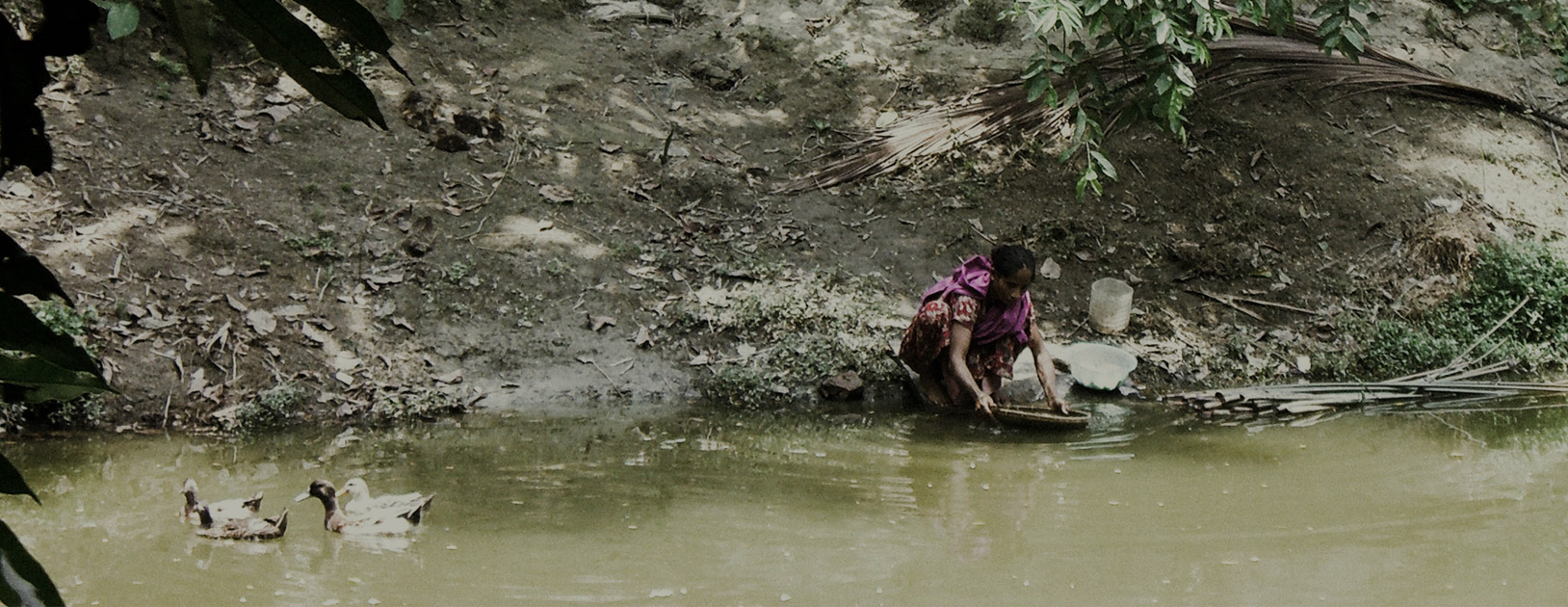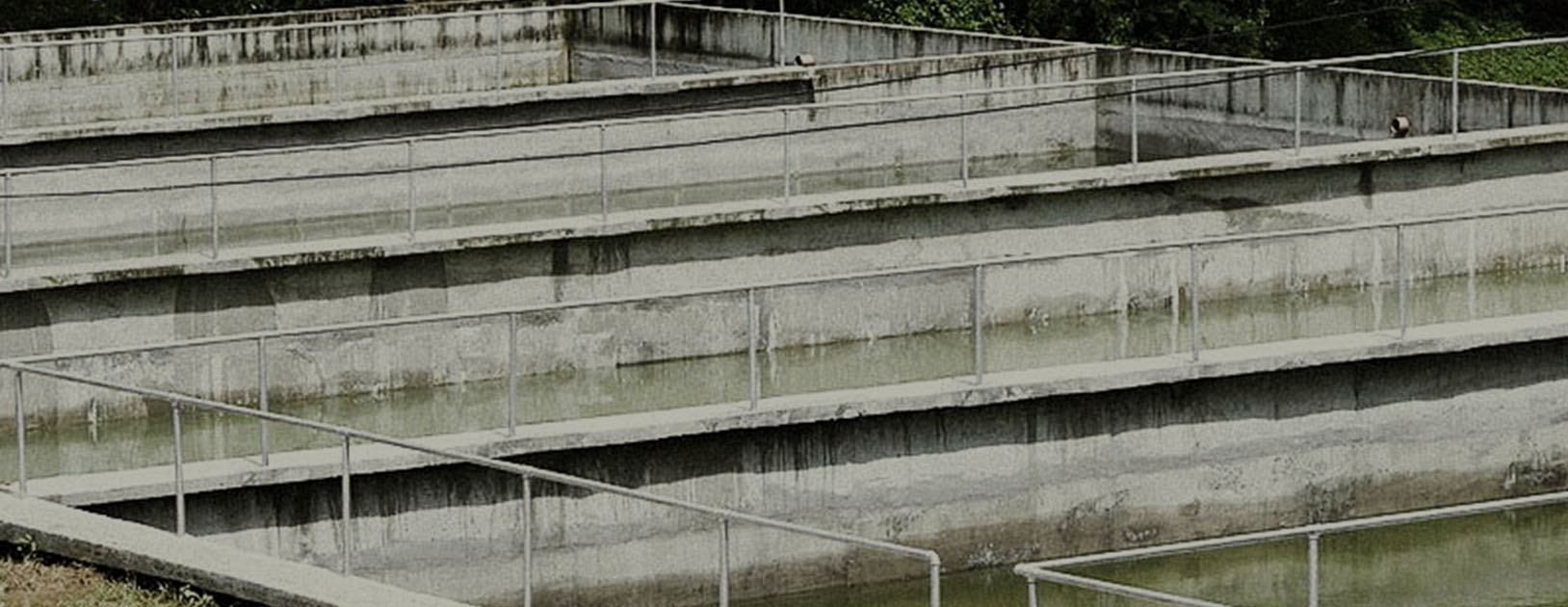Four years ago, the announcement of the Swachh Bharat Mission (SBM) was greeted with general optimism. It claimed to have learnt from the errors of its predecessors, which had been criticised across several quarters. For instance, the Comptroller and Auditor General of India (CAG) had found that despite over ₹10,000 crore spent between 2009 and 2014, not only were toilet construction numbers overestimated by as much as a 100% in some states, but more than a third of these new toilets were already defunct. Researchers and practitioners attributed this to the programme’s ‘government-led, infrastructure-centred, subsidy-based and supply-led’ approach to implementation. The SBM insisted that it would not repeat these mistakes.
SBM signalled this departure in several ways. A more substantive measure of success was adopted by shifting the focus to outcomes in the form of Open Defecation Free (ODF) villages. A community led approach for sustainable behaviour change was announced as the preferred medium of intervention. Emphasis on Information, Education, and Communication (IEC) was ensured by fixing a minimum threshold of communications expenditure for the states. On site sanitation in the form of twin leach pit toilet technology was recommended as suitable to rural ecology.
As the Mission gathered momentum, districts and then states have rapidly been declared ODF, and the focus has once again become the completion of predetermined (and not necessarily accurate) toilet construction targets.
The impact of this lopsided and construction driven implementation was observed by the Accountability Initiative in its study of ODF panchayats in Udaipur. Although declared (and in a subset of cases, verified) ODF, almost 20% of the surveyed households were found to be lacking a toilet. Usage lagged further behind with more than a third (38%) of even those who owned toilets reporting that they defecated in the open on the day of the survey. While this, in itself, invalidates their ODF status, the lack of awareness generation actually compounds matters further. We found that a majority of the toilets being constructed in Udaipur were (claimed to be) septic tanks or single pits, which the mission discourages.
In Udaipur, the access usage gap reveals that communication efforts did not keep pace with the construction blitz. Indeed, less than half of our sampled households had been visited in the context of SBM. Awareness of important aspects, including sludge management and hygiene, was found to be very low.
In order to understand whether this dissonance between policy and implementation is an aberration, AI has been analysing the administrative data of the mission every year. The figures are telling.
Of the ₹41,111 crores spent by SBM-G (SBM Gramin) from the launch of the mission till January 15, 2018, 96% (close to ₹40,000 crore) was spent on toilet construction subsidies alone. In contrast, less than 2% (close to ₹602 crores) of all expenditure was on IEC efforts. Effectively, this translates to an average overall expenditure of ₹9,207 in each of the 606,095 villages that SBM is active in, or an average annual expenditure of just over ₹2000 per village. Further constraints are placed by the fact that on an average, 16% (almost 99,000) of these villages do not have local swachhagrahis or community mobilisers even now. It is noteworthy that the CAG (Comptroller and Auditor General of India) rejected the ODF declarations of two states in September 2018.
Not only have known mistakes not been pre-empted, but new complications have arisen due to the proliferation of unsuitable toilets. The National Annual Rural Sanitation Survey of 2017-18 observed that 71% toilets were either single pits or septic tanks. Many of these may eventually require manual handling of faecal sludge, and are thus banned under the Prohibition of Employment as Manual Scavengers and their Rehabilitation Act, 2013. Meanwhile, one manual scavenger has died every five days this year in India, many while cleaning septic tanks. Sludge/Septage treatment and safe disposal facilities, or even mechanised sludge clearance services, remain virtually non-existent in rural India.
To learn more about CPR’s work on manual scavenging and faecal sludge management, tune into a podcast and a blog by the Scaling City Institutions for India: Sanitation project, here .
The challenge before the mission is now two-fold – to sustain the gains already made, and to address the shortcomings in the process. An honest and transparent self-appraisal is an urgent first step.





